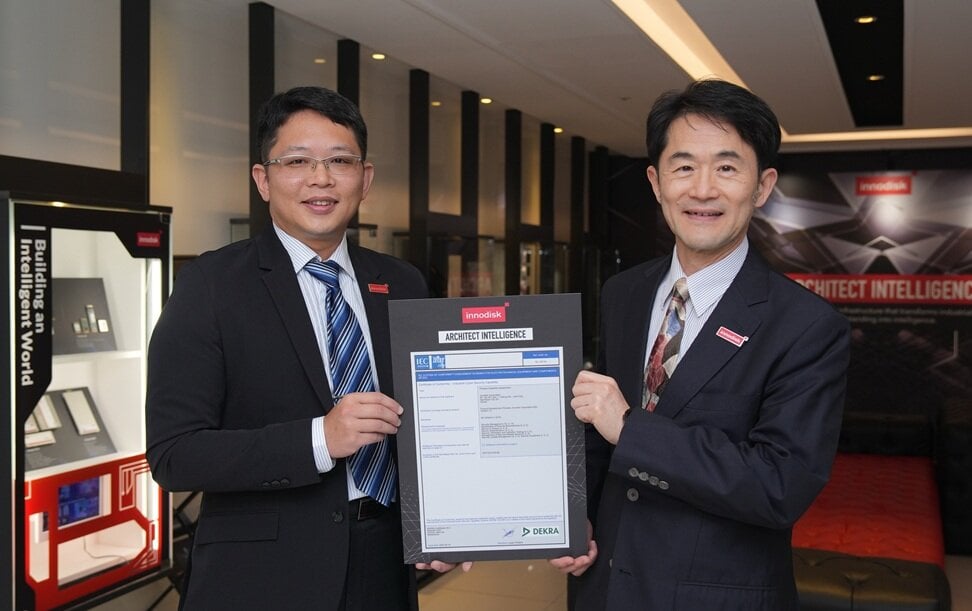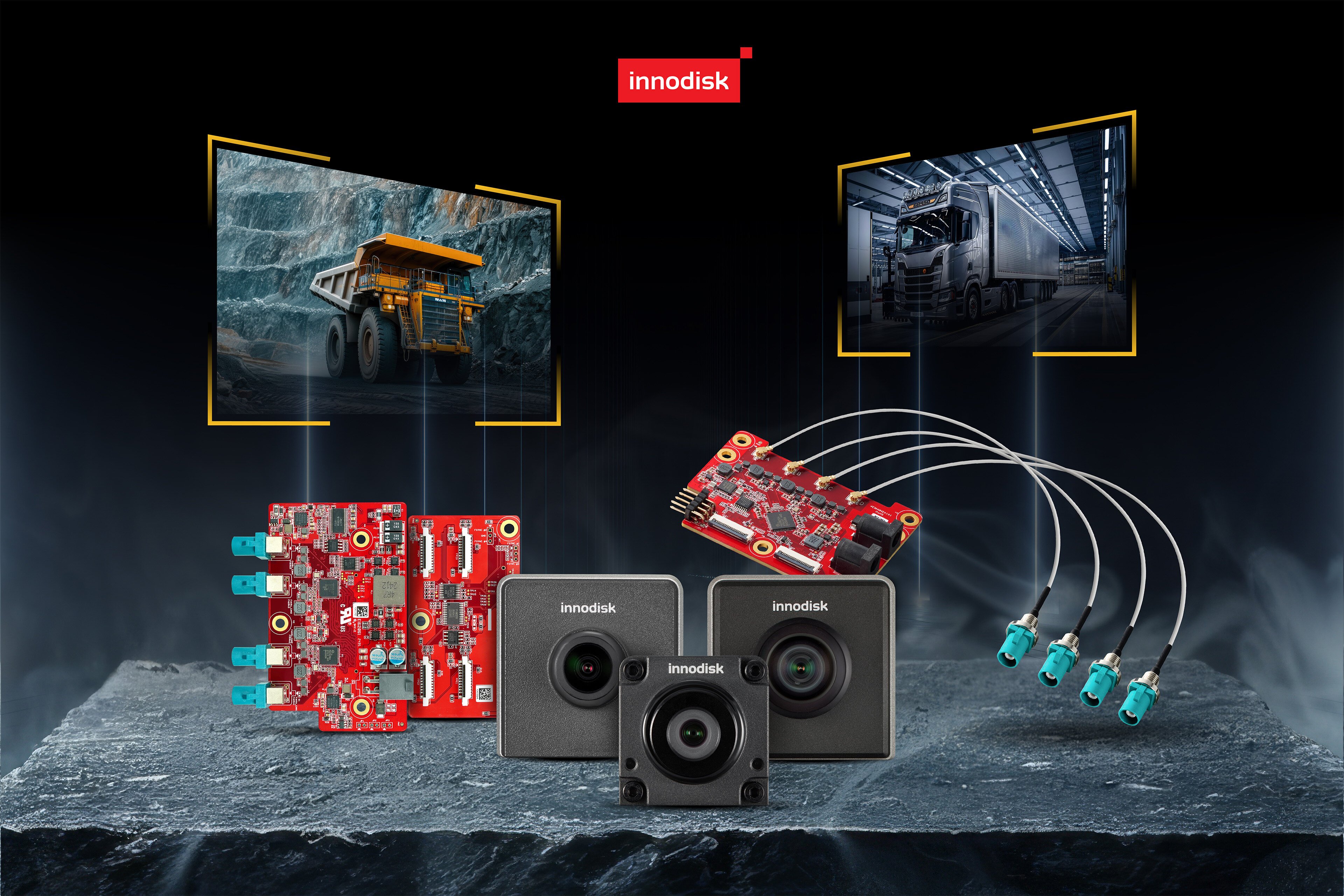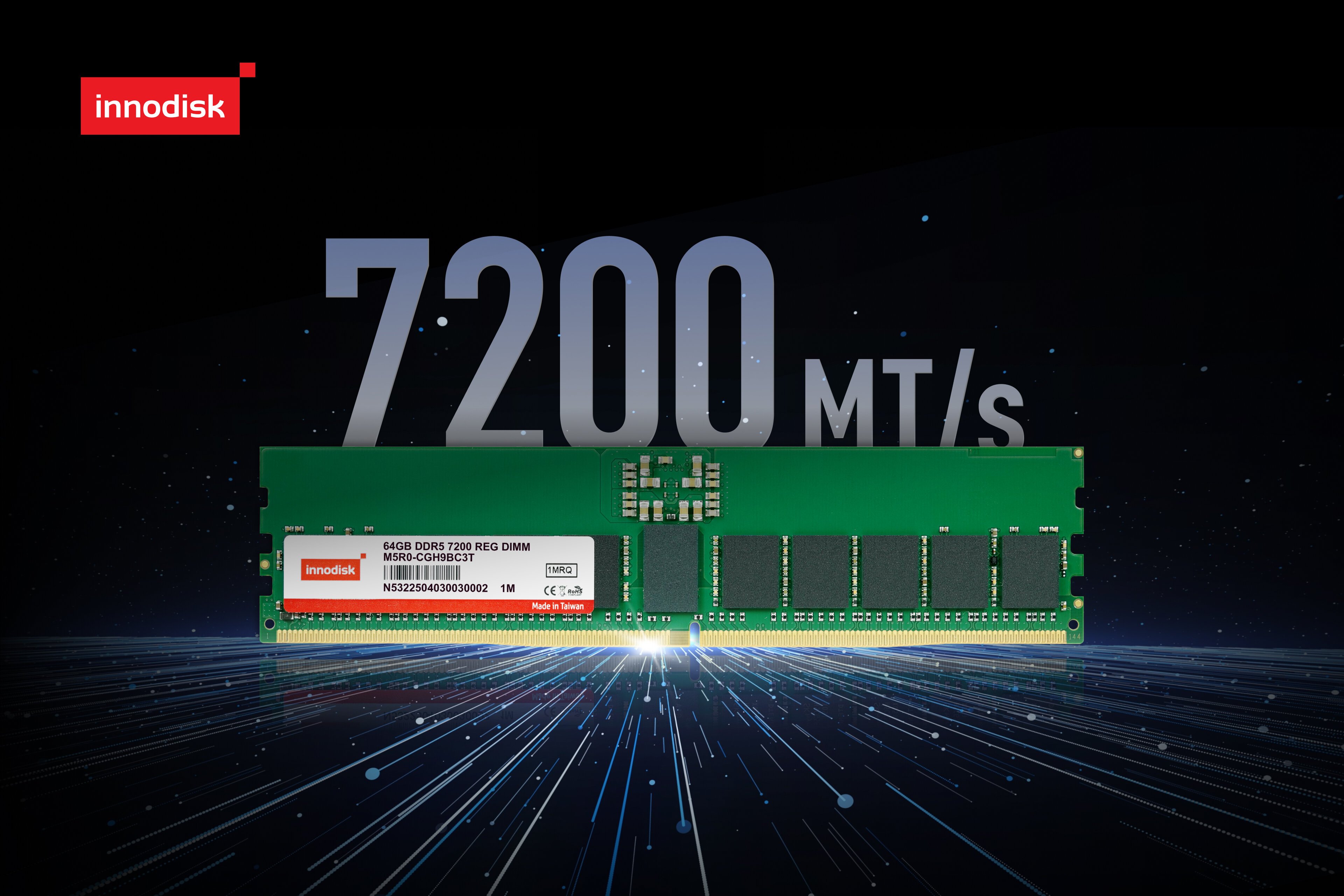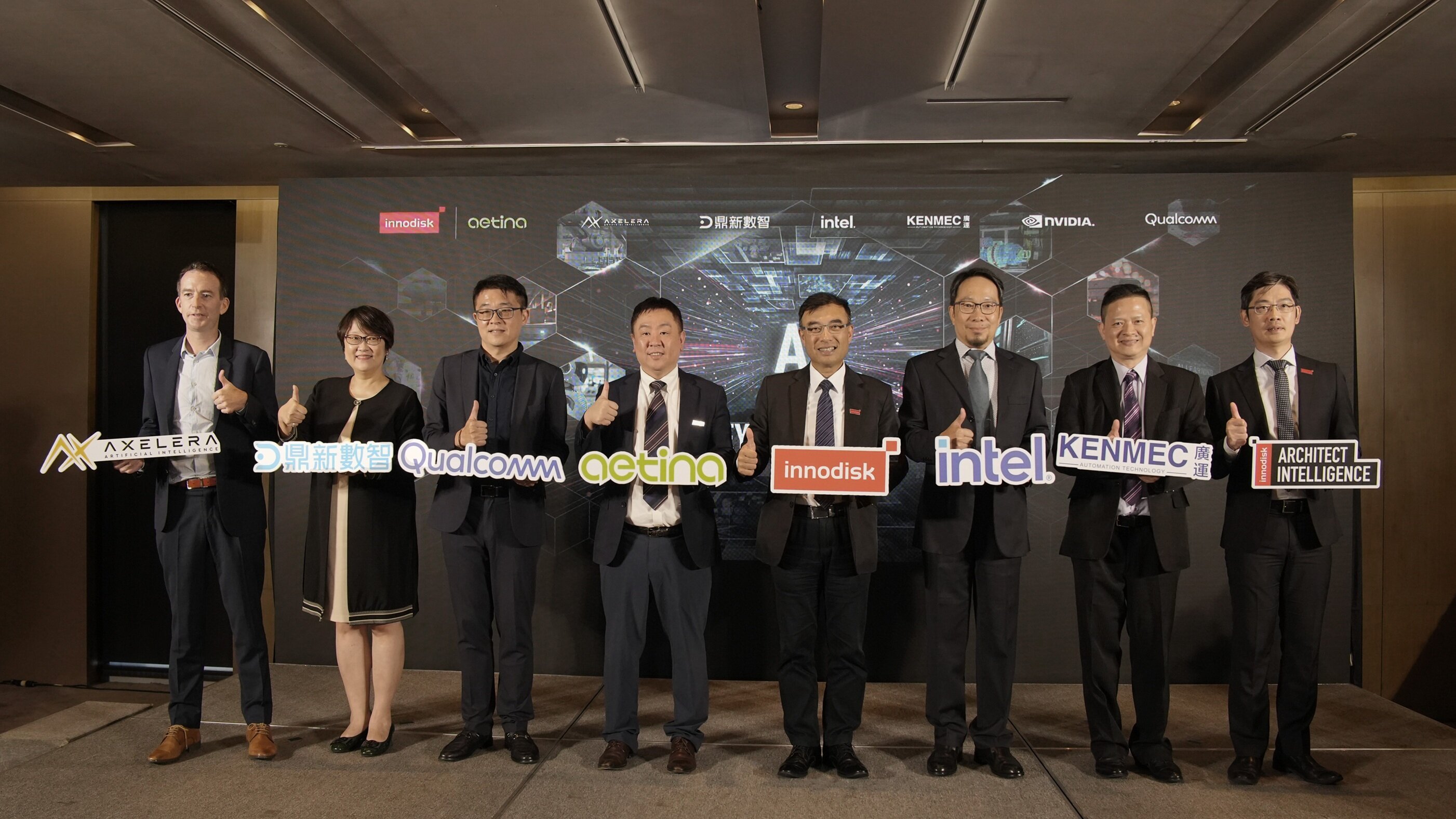NEWSROOM
Innodisk Attains IEC 62443-4-1 Certification to Enhance Secure Development Across Its Edge AI and Industrial Portfolio
2025/12/29
Innodisk, a global leader in edge AI and industrial-grade storage solutions, today announced that it has officially obtained IEC 62443-4-1 certification for its security development lifecycle (SDL).
Read more

Innodisk Unveils New GMSL2 Camera Module and Adapter Board for Long-Distance, Low-Latency Edge AI Vision
2025/12/10
Innodisk, a leading global AI solution provider, announced its latest GMSL2™ Camera Module and Adapter Board Series, designed to deliver long-distance, low-latency, and robust image transmission for demanding edge AI applications.
Read more

Innodisk Launches DDR5 7200 RDIMM with Industry-Leading Reliability for Advanced AI Workloads
2025/10/30
Innodisk, a leading global AI solution provider, introduces the industry’s first DDR5 7200 RDIMM as a major upgrade to its DDR5 series, delivering superior performance and the largest 64GB single-module capacity in the industrial market, driving innovation across the embedded and edge AI segments.
Read more

Innodisk Group Unveils New Edge AI Strategy, as Global “Keystone” for Edge AI Transformation
2025/10/15
Targeting two high-growth markets with three strategic pillars, Innodisk partnering with global AI leaders to accelerate intelligent adoption
Read more

